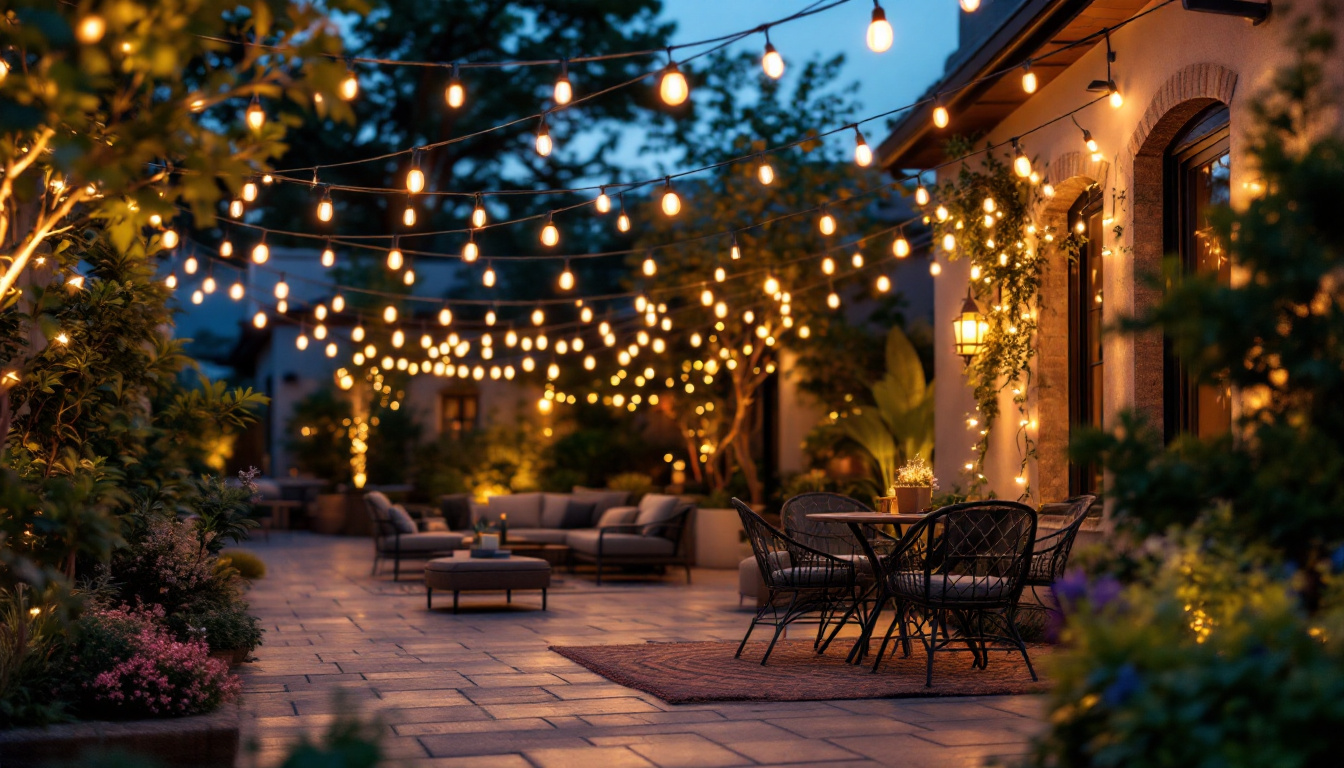
In the world of lighting, the choice of bulb socket is a fundamental aspect that can significantly impact both the functionality and aesthetic appeal of a space. For lighting contractors, understanding the various types of bulb sockets is essential not only for installation but also for providing clients with informed recommendations. This article delves into the different types of bulb sockets available, their applications, and what distinguishes top lighting contractors in their approach to lighting solutions.
“`html
Bulb sockets serve as the connection point between the light bulb and the electrical supply. They come in various shapes and sizes, each designed to accommodate specific types of bulbs. The choice of socket affects not only the type of bulb that can be used but also the overall performance and efficiency of the lighting system.
For lighting contractors, a deep understanding of these sockets is crucial. It allows them to offer tailored solutions that meet the unique needs of each project, ensuring optimal lighting performance and energy efficiency.
Several types of bulb sockets are commonly used in residential and commercial lighting. Each type has its unique characteristics and applications, making it essential for lighting contractors to be familiar with them.
The Edison socket, often referred to by its size designation (E26 in North America and E27 in Europe), is one of the most widely used bulb sockets. It is compatible with a variety of incandescent, LED, and CFL bulbs. The E26/E27 socket is known for its screw-in design, which provides a secure connection and ease of installation.
Due to its popularity, this socket type is commonly found in homes, offices, and retail spaces. Lighting contractors appreciate its versatility, as it can accommodate different bulb types, making it a go-to choice for many applications. Additionally, the widespread use of E26/E27 sockets has led to a vast selection of decorative bulbs, allowing homeowners and designers to enhance the aesthetic appeal of their spaces while maintaining functionality.
Bayonet sockets, designated as B22, feature a two-pin design that allows the bulb to be inserted and twisted to secure it in place. This socket type is prevalent in the UK and other regions, often used for incandescent and halogen bulbs.
One of the advantages of bayonet sockets is their robust connection, which minimizes the risk of accidental disconnection. For lighting contractors, understanding the specific requirements of bayonet sockets is essential, especially when working on projects in regions where they are the standard. Furthermore, the design of bayonet sockets often allows for a more compact fixture, making them ideal for installations in tight spaces or where a sleek appearance is desired.
GU10 and MR16 sockets are commonly used for halogen and LED spotlights. The GU10 socket features a twist-and-lock mechanism, while the MR16 socket typically has two pins that require a spring-loaded connection. These sockets are favored for their ability to provide focused lighting, making them ideal for accent and task lighting applications.
Lighting contractors often recommend these socket types for projects that require precise lighting control, such as in galleries, retail spaces, or task-oriented areas in homes. Familiarity with these sockets allows contractors to enhance the lighting design effectively. Additionally, the GU10 and MR16 sockets are often used in conjunction with dimmer switches, providing even greater flexibility in creating the desired ambiance for various settings, from intimate dining experiences to vibrant retail displays.
“`
While common bulb sockets serve a wide range of applications, specialized sockets cater to specific lighting needs. These sockets are designed for unique bulbs or specific environments, showcasing the diversity within the lighting industry.
The R7s socket is a linear socket used primarily for halogen bulbs. It is characterized by its two pins located at each end of the bulb, allowing for a compact and efficient design. R7s sockets are commonly found in floodlights and high-intensity lighting applications.
For lighting contractors, understanding the R7s socket is vital when working on outdoor lighting or high-output fixtures. The ability to recommend the right socket for specific applications can set a contractor apart in terms of expertise and service quality.
G4 and G9 sockets are compact options often used for decorative lighting, such as under-cabinet lights and small fixtures. The G4 socket features two pins, while the G9 socket has a unique twist-and-lock mechanism. These sockets are typically used with low-voltage halogen or LED bulbs.
Lighting contractors who can effectively integrate G4 and G9 sockets into their projects demonstrate a keen understanding of both aesthetics and functionality. These sockets are particularly popular in residential settings, where space-saving and design flexibility are paramount.
The selection of a bulb socket is influenced by various factors, including the type of bulb, the application, and the desired aesthetic. Lighting contractors must consider these factors to ensure the best outcomes for their projects.
One of the primary considerations when selecting a bulb socket is compatibility with the type of bulb being used. Different bulbs have specific requirements in terms of voltage, wattage, and size. For instance, LED bulbs often require sockets that can handle their lower wattage and unique heat dissipation characteristics.
Contractors must stay informed about the latest bulb technologies and their compatibility with various sockets. This knowledge allows them to recommend the most efficient and effective lighting solutions to clients.
The intended application and environment play crucial roles in socket selection. For example, outdoor fixtures may require weather-resistant sockets, while commercial spaces might benefit from sockets designed for high-frequency use. Understanding the specific needs of each project enables lighting contractors to make informed decisions.
Moreover, the aesthetic appeal of the socket can influence the overall design of a space. Contractors should consider how the socket will complement the surrounding decor and lighting fixtures.
In a competitive industry, top lighting contractors distinguish themselves through their expertise, attention to detail, and commitment to quality. Understanding the nuances of bulb sockets is just one aspect of what makes a contractor stand out.
Successful lighting contractors possess a comprehensive knowledge of various lighting technologies, including the different types of bulb sockets. This expertise allows them to provide clients with tailored recommendations that meet their specific needs.
Moreover, staying updated on industry trends and advancements in lighting technology enhances a contractor’s credibility and ability to deliver innovative solutions. Clients appreciate contractors who can offer insights into the latest products and techniques in the lighting industry.
The quality of workmanship is another defining characteristic of top lighting contractors. Proper installation of bulb sockets is crucial for ensuring safety and functionality. Contractors who prioritize quality in their work not only meet industry standards but also build trust with their clients.
Attention to detail during installation, including ensuring secure connections and proper alignment, can significantly impact the performance of the lighting system. This level of professionalism sets top contractors apart from their competitors.
A customer-centric approach is essential for lighting contractors aiming to build lasting relationships with clients. Understanding client preferences and requirements, and offering personalized solutions, fosters a positive experience.
Top contractors take the time to educate clients about the different types of bulb sockets and their implications for the overall lighting design. This transparency not only enhances client satisfaction but also positions the contractor as a trusted advisor in the lighting process.
The lighting industry is constantly evolving, and so are the technologies associated with bulb sockets. Staying ahead of trends is crucial for lighting contractors who wish to remain competitive and relevant in the market.
One of the most significant trends in lighting is the integration of smart technology. Smart bulbs and sockets allow for remote control, dimming, and automation, enhancing the user experience. Lighting contractors must familiarize themselves with these technologies to offer clients modern and efficient lighting solutions.
As smart home technology continues to gain traction, contractors who can seamlessly integrate smart sockets into their projects will be well-positioned to meet the demands of tech-savvy clients.
With a growing emphasis on sustainability, energy-efficient lighting solutions are becoming increasingly important. Bulb sockets that support LED and other energy-efficient technologies are in high demand. Lighting contractors who prioritize energy efficiency in their recommendations not only contribute to environmental sustainability but also help clients save on energy costs.
Understanding the benefits of energy-efficient sockets and bulbs allows contractors to advocate for solutions that align with modern sustainability goals, setting them apart in a conscientious market.
Understanding the various types of bulb sockets is essential for lighting contractors seeking to provide optimal solutions for their clients. From common sockets like Edison and bayonet to specialized options like R7s and G4, each socket type has unique characteristics that influence lighting design and functionality.
Top lighting contractors distinguish themselves through their comprehensive knowledge, quality workmanship, and customer-centric approach. By staying informed about industry trends, including smart technology and energy efficiency, contractors can offer innovative solutions that meet the evolving needs of their clients.
In an industry where lighting plays a crucial role in enhancing spaces, the expertise and attention to detail of lighting contractors can make all the difference. By mastering the intricacies of bulb sockets and their applications, contractors can elevate their services and ensure client satisfaction.
“`html
Ready to take your lighting projects to the next level? At LumenWholesale, we provide lighting contractors like you with the highest quality, spec-grade lighting products at unbeatable wholesale prices. Say goodbye to local distributor markups and hello to our extensive selection that meets the highest industry standards. With free shipping on bulk orders, you can trust that you’re getting premium lighting at the best value — no hidden fees, no compromises. Elevate your service and ensure client satisfaction with the perfect blend of quality, affordability, and convenience. Explore our Wholesale Lighting at the Best Value today and make a bright choice for your business.
“`
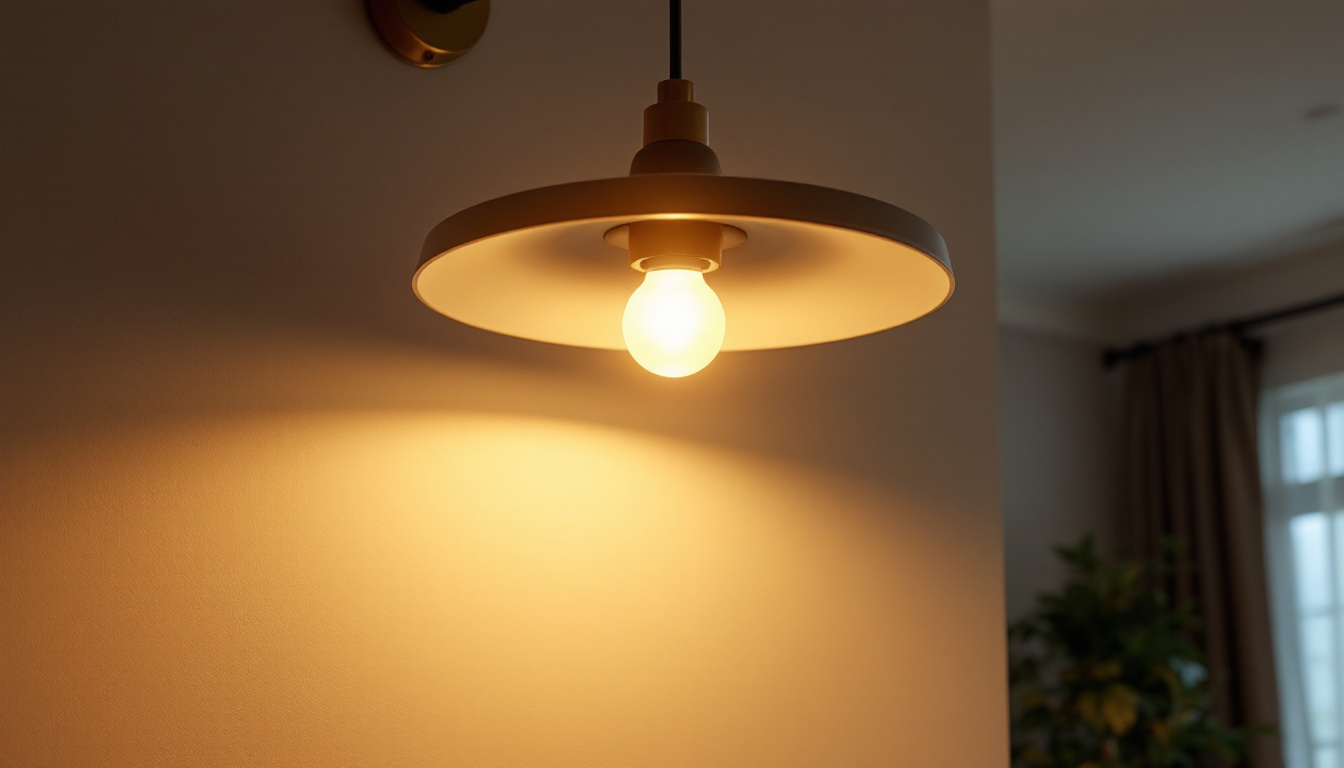
Discover how ceiling lamps can significantly impact the profitability of lighting contractors.
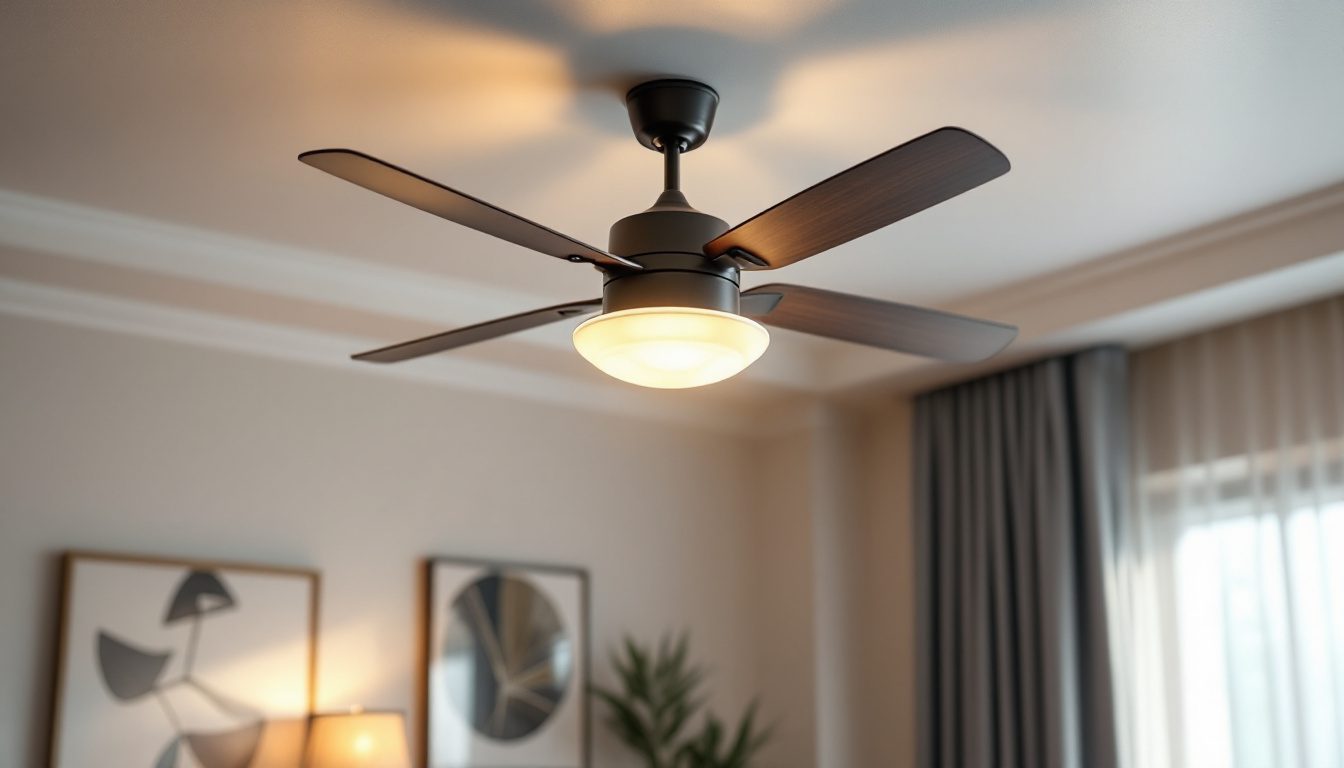
Discover the essential role of light fixtures in ceiling fan installations and how they enhance both functionality and aesthetics.
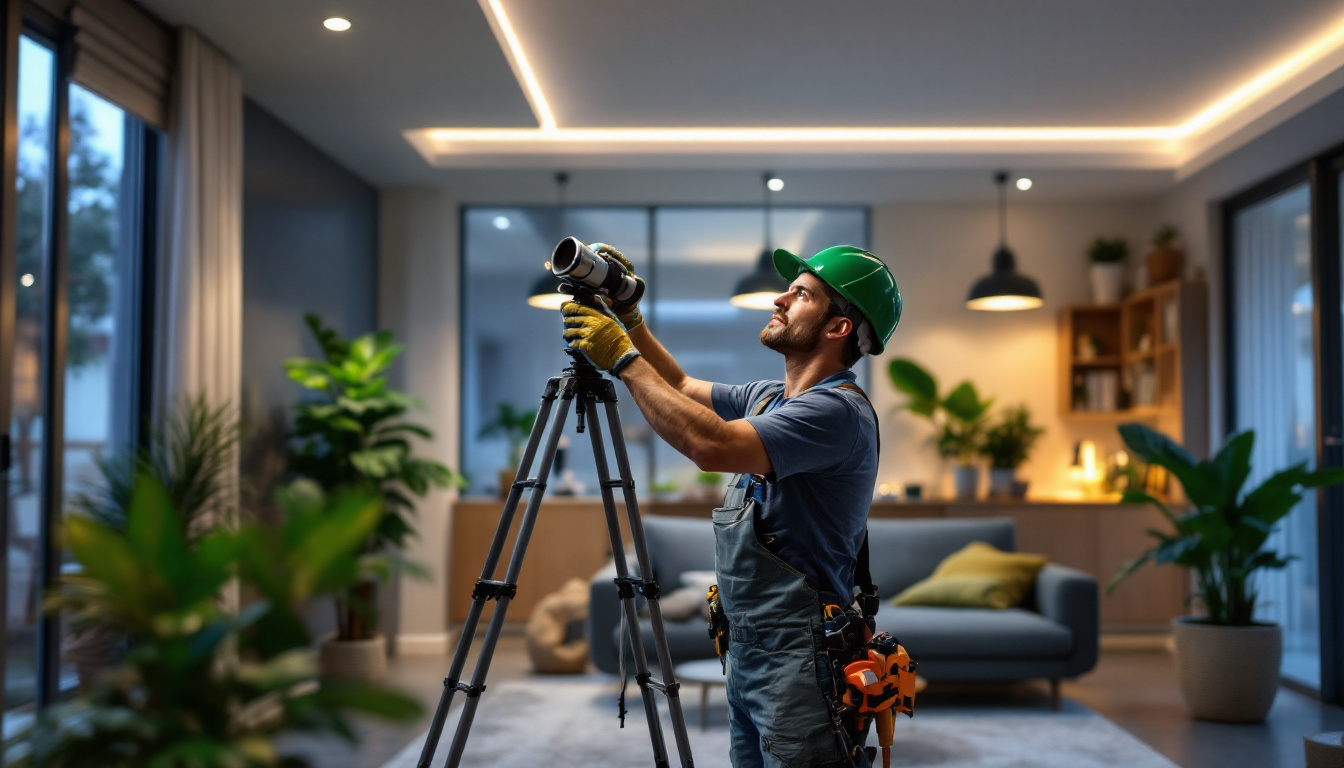
Explore the advantages and challenges of using Green Creative Lighting for contractors.
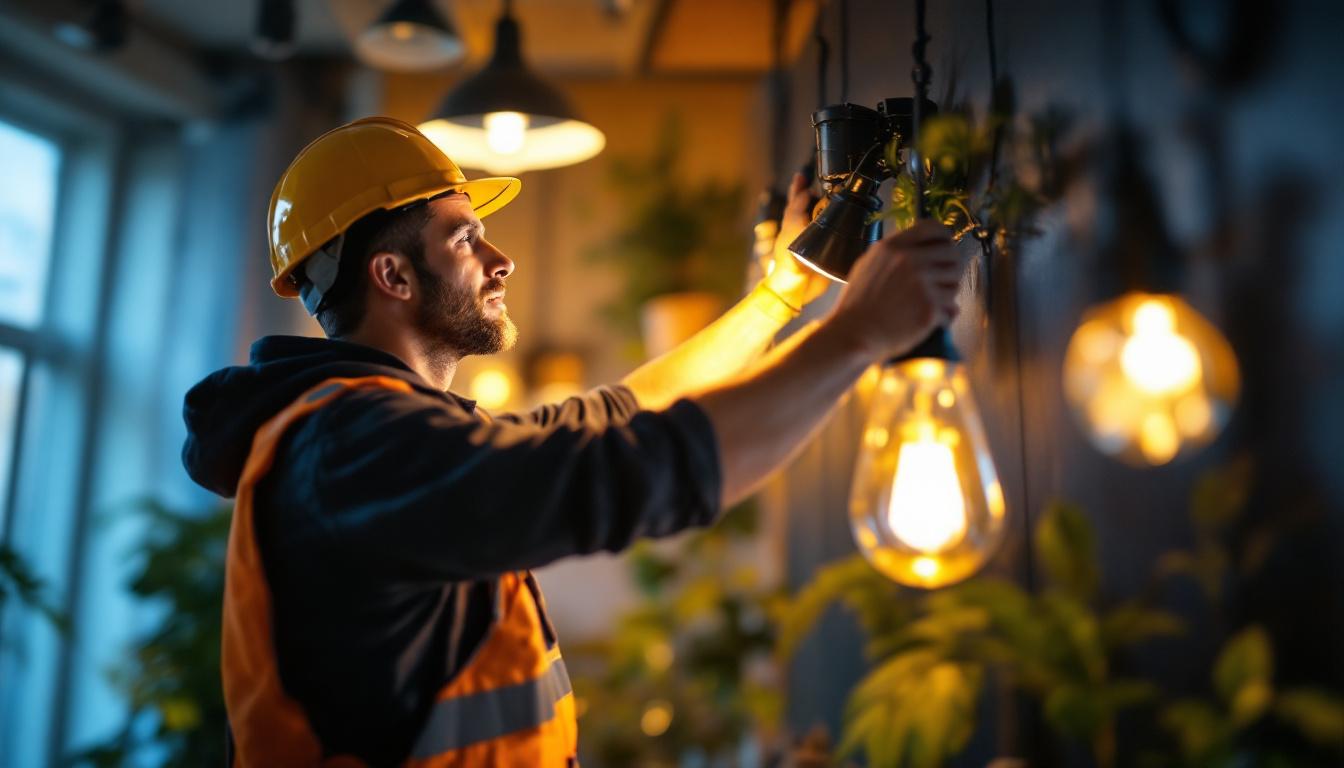
Discover how lighting contractors can master foot-candle measurements to optimize illumination, improve safety, and boost client satisfaction—unlock expert tips today!.